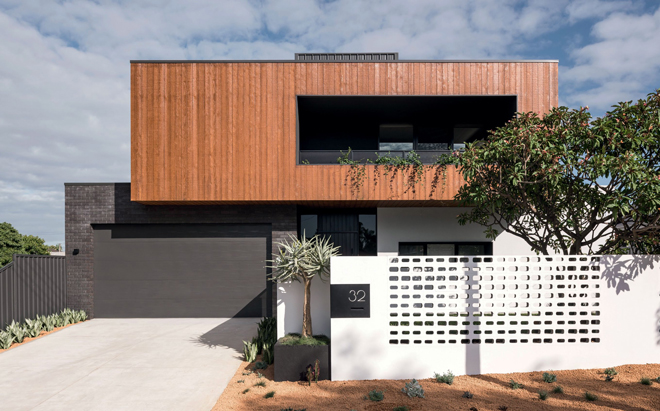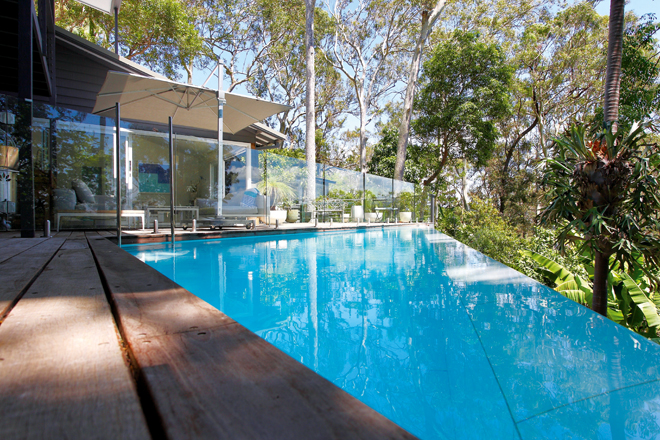We can’t all have huge properties on which to satisfy our desires for large vegetable gardens and orchards. Nor do a lot of us have space for arbours groaning under the weight of roses and clematis. However, being restricted for space doesn’t mean you can’t go organic. Even the smallest of gardens can go chemical-free and offer a nice yield of vegetables or flowers. It may just mean adapting a little and using your imagination.
Leaving out, or getting rid of, unnecessary clutter that takes up valuable space may open a tiny piece of lawn into something with enough room to become a useful asset, especially if you would like to grow your own organic vegetables.
The first thing to do is to take note of where the sun shines in different areas of this space at different times of the day. If it gets at least six hours of sunlight a day, that’s enough for you to grow organic vegetables. They can be grown in the ground, in pots or in any other containers, as long as you drill holes in the bottom for drainage. A shelving system against a wall to hold your pots can maximise space, as plants take up room vertically rather than across the ground. Just remember that pots will dry out quickly in hot weather, so water them regularly or add waterretaining crystals to the soil.
Growing herbs in pots works well, especially if it’s near the kitchen door because it allows you easy access to them when cooking. Imagine whenever you need to add parsley, thyme, oregano, rosemary or basil to a dish you just step outside, pick and wash what you need, and add it to your favourite dish. From plant to meal in less than five minutes — you can’t get any fresher than that.
If you prepare a garden bed you could also grow some of your favourite annuals between your organic vegetables to add colour, brighten your yard and for cut flowers. If room permits, plants such as borage, wallflowers and Nepeta work very well in attracting bees to your vegie or herb garden, which will help to ensure your vegetable crops are pollinated.
Some of the vegetables that grow well in pots and other containers include lettuces, tomatoes, capsicum, chillies, radishes, broad beans, beetroot and eggplants. For larger-growing vegetables such as artichokes, use a 60cm pot and for beans, peas, squash and cucumbers make sure you have something for them to climb on as they grow, such as a tripod. Or place the pot at the base of a wall and have a trellis attached to the wall behind it.
Asparagus will do better in a larger container, such as an old wheelbarrow or in a dedicated spot in your vegie bed, keeping in mind that it can last up to 20 years, so you should pick a spot where it won’t be disturbed once it is planted. You get what you pay for with potting mix, so while it may be an expense to begin with, a good-quality mix will get you better results for the duration of the growing season.
If you plan on establishing a garden bed, you can save time and your back by using the no-dig method. This is where you lay newspaper or cardboard down on the area and water it before adding alternative layers of manure, compost and finally mulch on top. The newspaper kills off the grass underneath it while eventually breaking down to add carbon to the bed. Make small pockets through the mulch, add some potting mix and your choice of vegetable seedlings and then water.
A raised timber garden bed can provide a two-fold solution for small spaces. First, your organic vegetables will be at a height that is easier on your back when they are harvested and, if wide, comfortable seating is incorporated around the top of the frame, can provide somewhere to sit with a cuppa while flicking through your favourite organic gardening magazine for 15 minutes.
A trellis is an asset in the organic vegetable patch, if space allows. It can be used for growing peas and beans to climb up and also to divide your yard into separate areas while providing seclusion from neighbours or passing traffic. Make sure you keep its use restricted, though, or you may make your yard feel even smaller. If space truly is a premium, take advantage of hanging baskets to add to your growing space.
They take up little room and can be used for growing herbs or cherry tomatoes. You may also want to look for smaller varieties of vegetables and fruits to plant. Multi-grafted fruit trees mean you can grow two or three different varieties on one tree and mini vegetables such as cabbages and cauliflowers mean you can fit several plants in the space normally occupied by just one.
Some organic vegetables are as tasty to the local bird, animal and insect life as they are to us, so stay vigilant and check each day for signs of anything helping itself to your hard work. Minimising losses to wildlife is especially vital when you only have a small space in which to grow your produce. Corn, many types of berries, peas and beans may all be on birds’ menus, so they may need netting if you actually want to get a meal yourself.
So if you think you can’t have a productive organic vegetable gardenbecause space won’t allow, think again. If properly planned, a small space can be almost as prolific as a larger property and it is definitely less effort to maintain, giving you more time to enjoy your vegie patch. And all the time you are enjoying your harvests at the dinner table with your family you will know exactly what you are eating and where it came from.




